Interesting how this drone universe is heading…
Redesigning tiny motors and limbs could make microbots a reality.
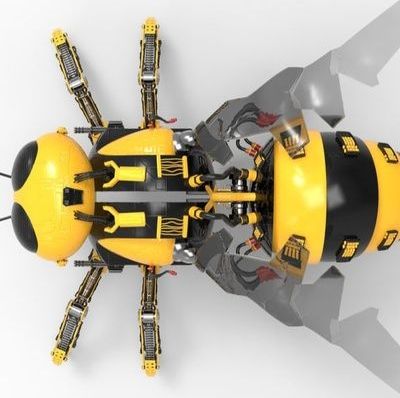
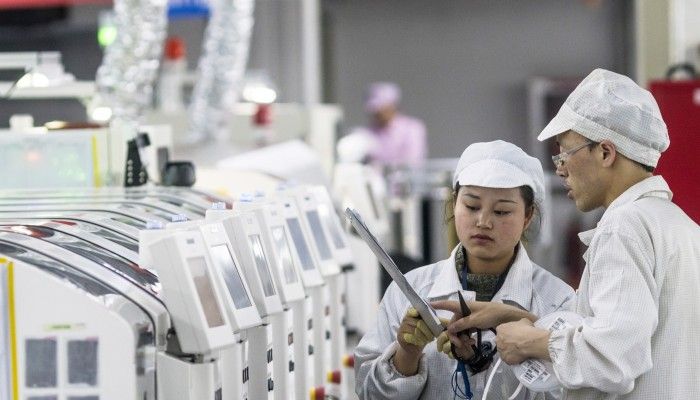
Two weeks ago Abacus examined the extent to which China lags behind the world’s advanced economies in technological innovation, and looked at Beijing’s aim of closing the gap and taking the lead in key emerging technologies.
Some techniques Beijing will use are similar to past episodes of industrial planning. Others are newer, reflecting China’s recently acquired economic strength and confidence.
By Tom Holland
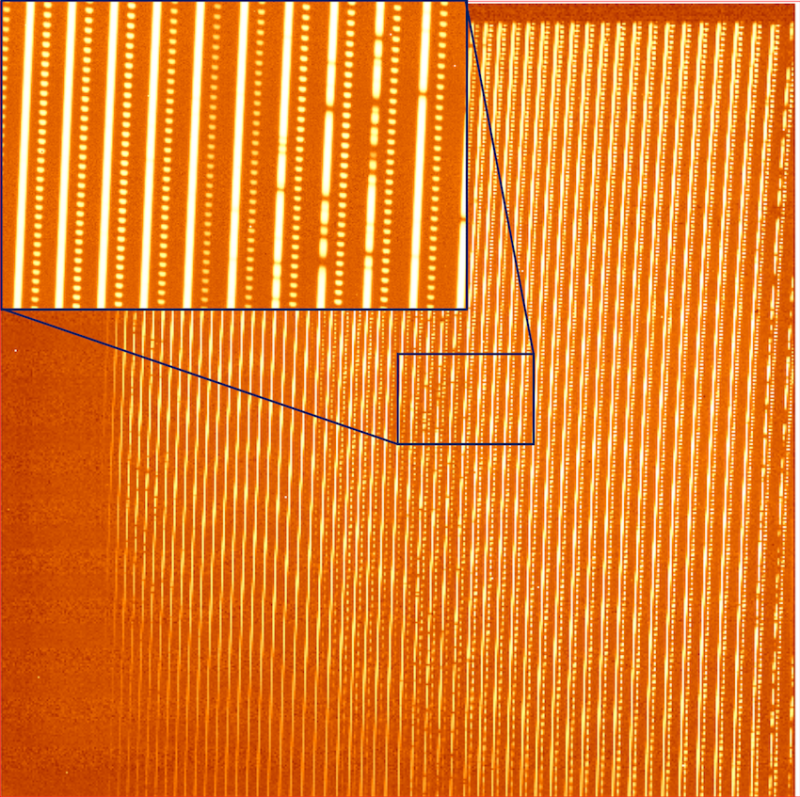
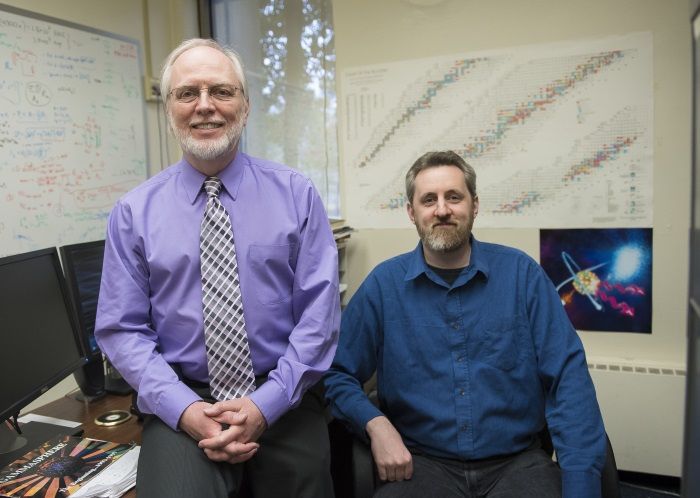
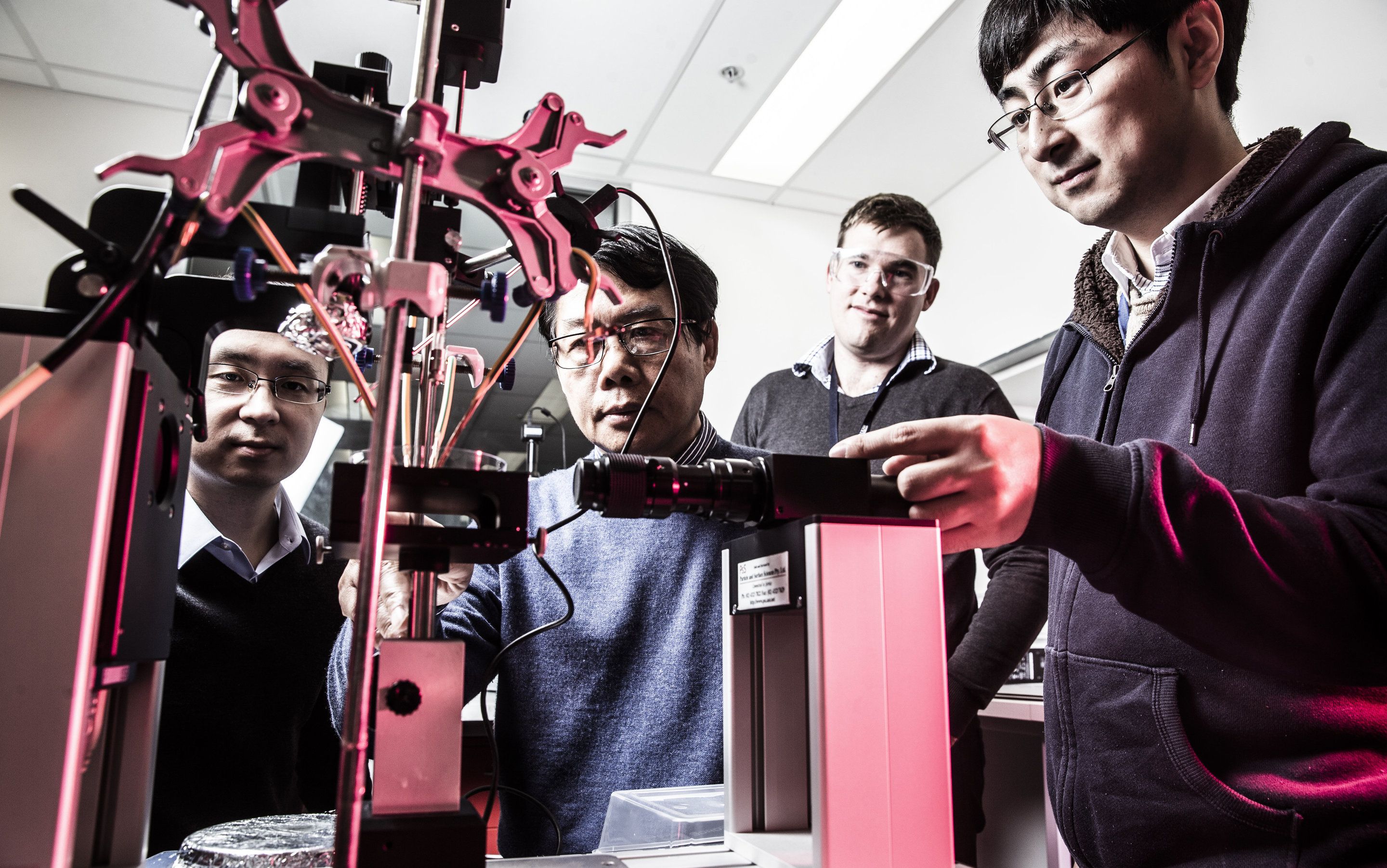
In a breakthrough discovery, University of Wollongong (UOW) researchers have created a “heartbeat” effect in liquid metal, causing the metal to pulse rhythmically in a manner similar to a beating heart.
Their findings are published in the 11 July issue of Physical Review Letters, the world’s premier journal for fundamental physics research.
The researchers produced the heartbeat by electrochemically stimulating a drop of liquid gallium, causing it to oscillate in a regular and predictable manner. Gallium (Ga) is a soft silvery metal with a low melting point, becoming liquid at temperatures greater than 29.7C.
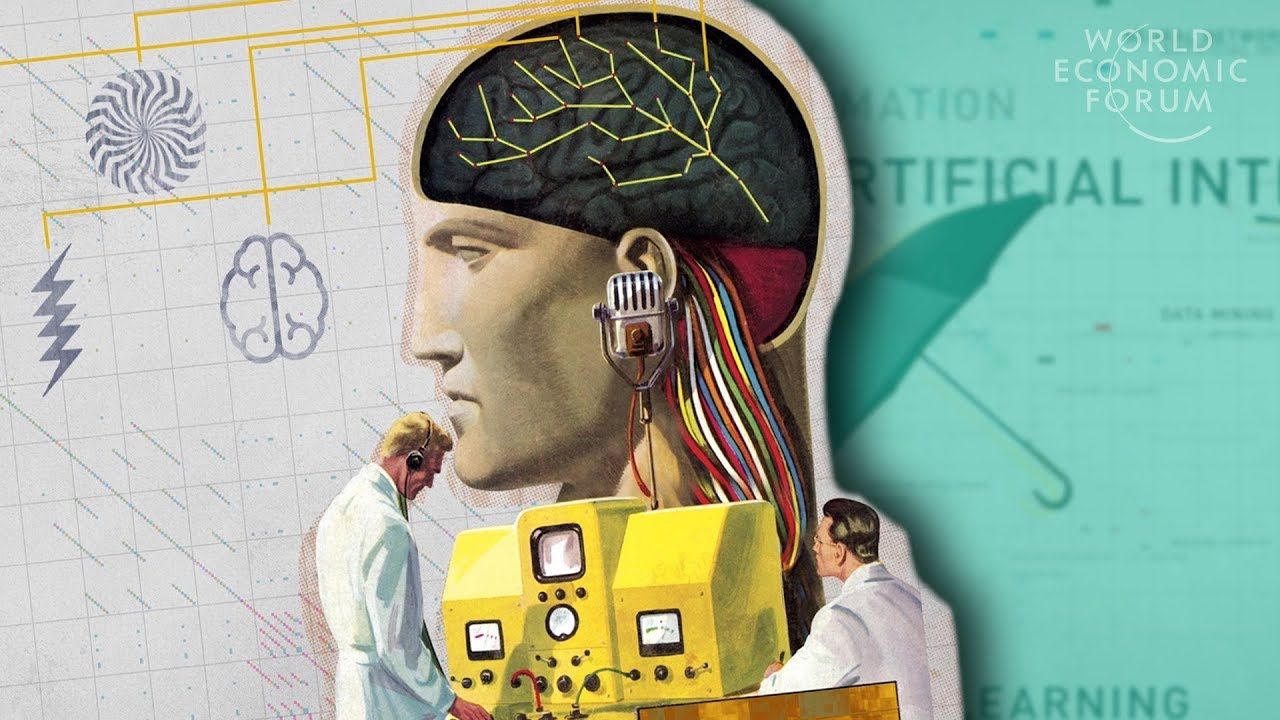
Should we be fearful of artificial intelligence and the pace at which it’s progressing? Or should we fear fear itself and the risk of it stifling innovation?
Wherever this may be heading, the march of progress shows fews signs of slowing down. Which companies and countries are leading the way?
The chief scientist for AI research at Google Cloud Fei-Fei Li, along with Sinovation Ventures CEO Kai-Fu Lee and Jennifer Zhu Scott of Radian Partners, weigh in. And Professor Rita Singh shares how AI-powered technology may not only shape our future, but also perhaps our understanding of the past.
To learn more, check out the Center for the Fourth Industrial Revolution: https://www.weforum.org/center-for-the-fourth-industrial-revolution
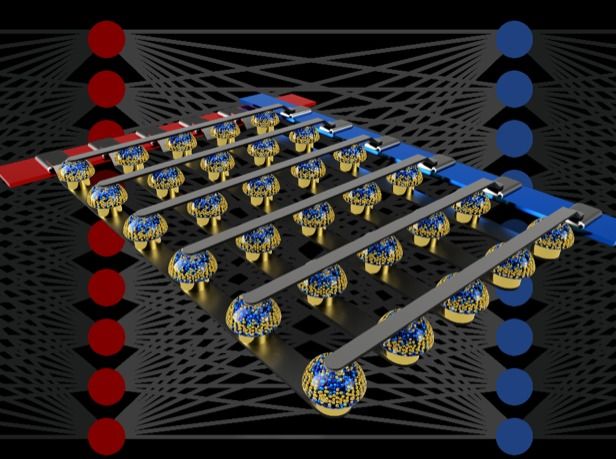
IBM Research AI team demonstrated deep neural network (DNN) training with large arrays of analog memory devices at the same accuracy as a Graphical Processing Unit (GPU)-based system. This is a major step on the path to the kind of hardware accelerators necessary for the next AI breakthroughs. Why? Because delivering the Future of AI will require vastly expanding the scale of AI calculations.
Above – Crossbar arrays of non-volatile memories can accelerate the training of fully connected neural networks by performing computation at the location of the data.
This new approach allows deep neural networks to run hundreds of times faster than with GPUs, using hundreds of times less energy.


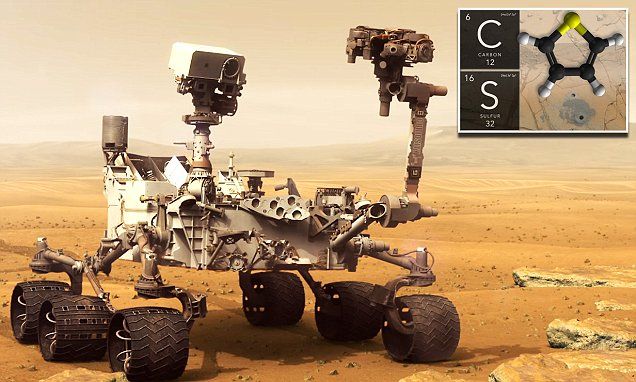
What did they find out?
NASA’s Curiosity rover has uncovered the best evidence yet that life may have once existed on Mars.
In two separate studies on data collected by the Mars rover over the last few years, scientists identified an abundant source of organic matter in an ancient lakebed, and traced some of the planet’s atmospheric methane to its roots.
The groundbreaking results will help to guide the search for microbial life and improve our understanding of seasonal processes on Mars.